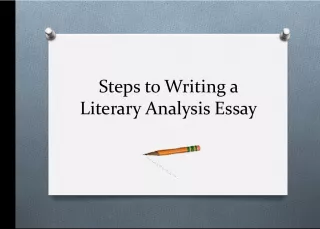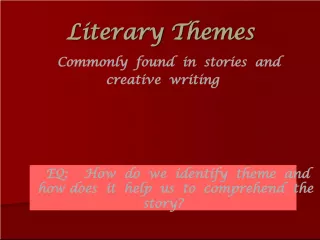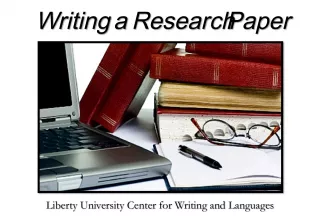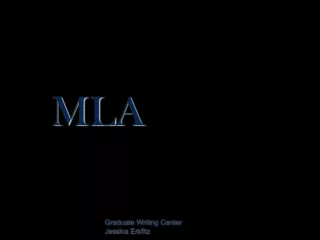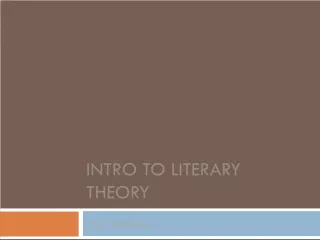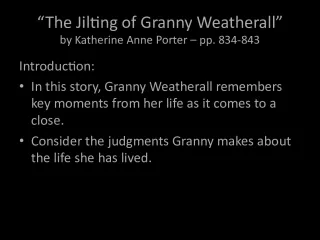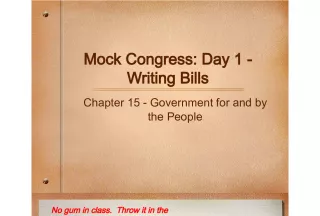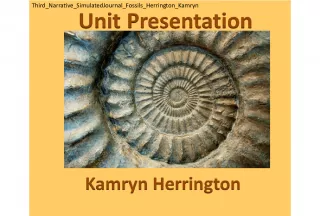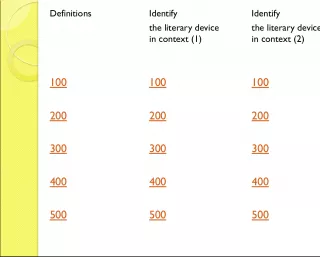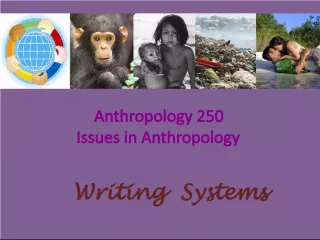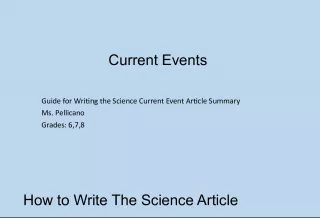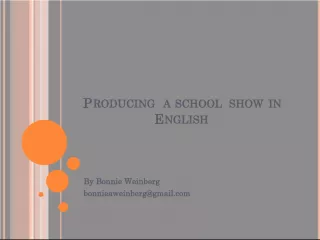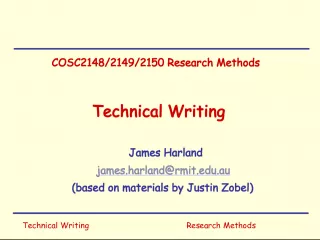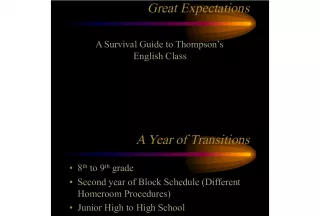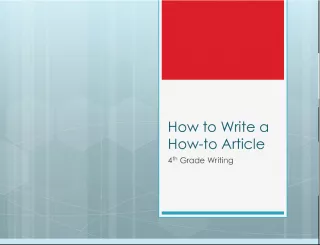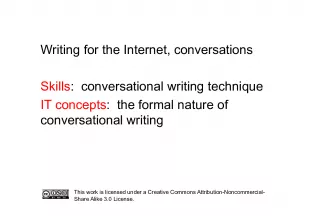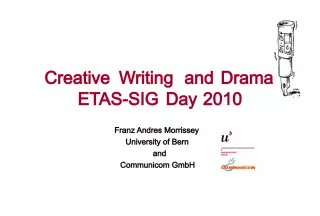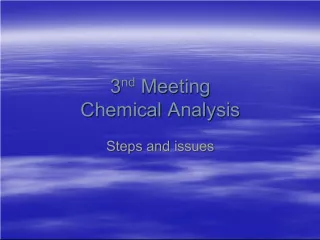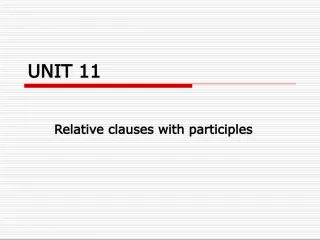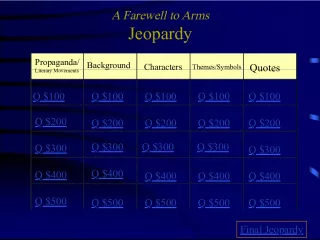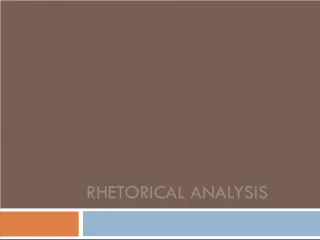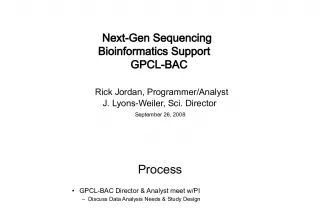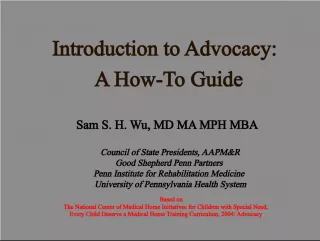Literary Analysis Writing Guide
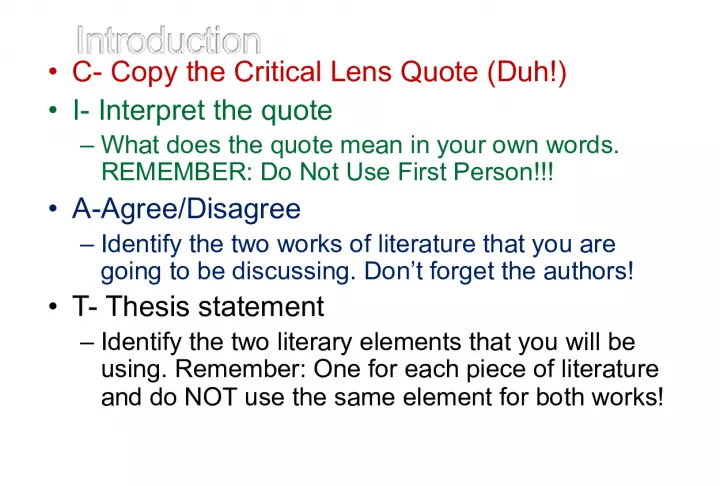

This writing guide provides a step-by-step process for analyzing literature. The guide includes several sections, starting with copying the critical lens quote and interpreting it to understand its meaning. Next, the writer must identify whether
- Uploaded on | 3 Views
-
 nino
nino
About Literary Analysis Writing Guide
PowerPoint presentation about 'Literary Analysis Writing Guide'. This presentation describes the topic on This writing guide provides a step-by-step process for analyzing literature. The guide includes several sections, starting with copying the critical lens quote and interpreting it to understand its meaning. Next, the writer must identify whether. The key topics included in this slideshow are . Download this presentation absolutely free.
Presentation Transcript
Slide2•C- Copy the Critical Lens Quote (Duh!) • I- Interpret the quote – What does the quote mean in your own words. REMEMBER: Do Not Use First Person!!! • A-Agree/Disagree – Identify the two works of literature that you are going to be discussing. Don’t forget the authors! • T- Thesis statement – Identify the two literary elements that you will be using. Remember: One for each piece of literature and do NOT use the same element for both works!
Slide3 Bernadette Devlin once said, “To gain that which is worth having, it may be necessary to lose everything else.” In other words, it is sometimes necessary to give up what we have in order to attain something greater. Two works of literature that illustrate the critical lens are Fahrenheit 451 by Ray Bradbury and Of Mice and Men by John Steinbeck. Through the use of conflict and characterization both authors show the validity of the critical lens.
Slide4FIVE STEPS1. Topic Sentence -The (genre) ________ shows ________. 2. Transition Statement/Literary Element One way (author/work) proves this point is through (literary element 1) 3. Example from the text 4. Connect the Example and the Lens 5. Concluding Sentence
Slide5FIVE STEPS1. Topic Sentence -The (genre) ________ shows that ________. 2. Transition Statement/Literary Element One way (author/work) proves this point is through (literary element 2) 3. Example from the text 4. Connect the Example and the Lens 5. Concluding Sentence
Slide6 The novel Fahrenheit 451 shows the protagonist sacrificing all of his worldly possessions to acquire knowledge. One way Bradbury proves this point is through the use of characterization . In the beginning of the novel, Montag, the protagonist, is characterized as a model member of society and as someone who loves his job. After meeting and befriending Clarisse, Montag starts to reevaluate his priorities and by the end can be characterized as someone who values knowledge and independent thought above all else. By Montag sacrificing his worldly possessions he gains a greater understanding of himself and the reality of his society. Bradbury’s use of characterization shows the sacrificing of one thing can lead to the attainment of something more valuable.
Slide71.Restate and Agree/Disagree with the Quote -Bernadette Devlin correctly/incorrectly states “To gain…” 2. Restate/Interpret -Restate the works of literature chosen and how they support your position 3. Concluding Sentence - This ties the main ideas of the essay back to the critical lens
Slide8• Bernadette Devlin correctly states “To gain that which is worth having, it may be necessary to lose everything else.” Bradbury’s Fahrenheit 451 and Steinbeck’s Of Mice and Men show the necessity of sacrificing something of value in order to attain something even greater. Montag’s sacrifice of his family and position in society allowed him to gain a deeper understanding of his society and himself. George’s sacrifice in killing Lennie allowed George to gain his freedom and escape prosecution.
